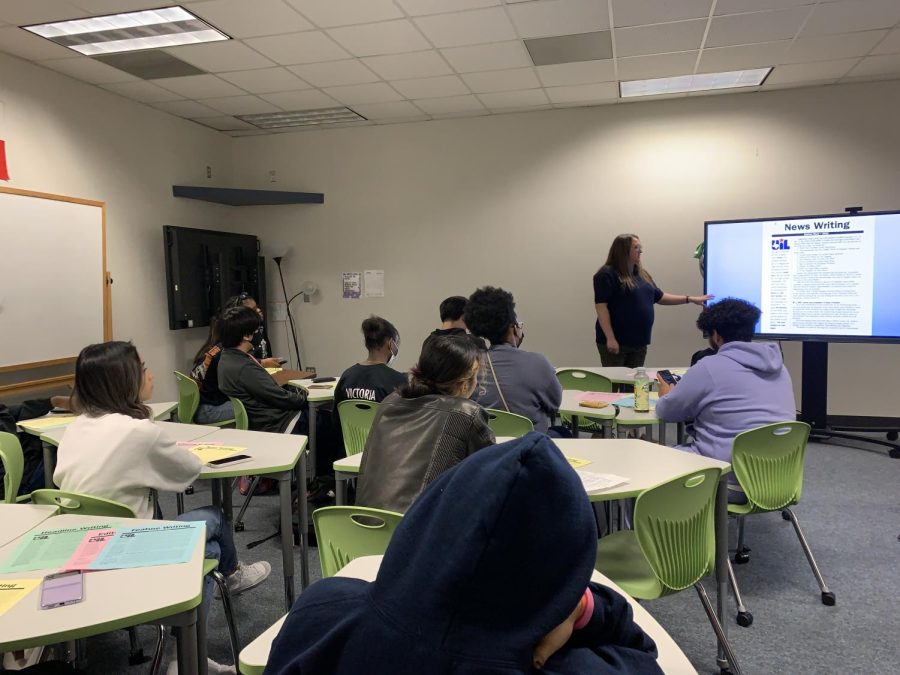
They are worn while walking down the halls, or riding on the bus, or exercising at the gym, or running in a race, or maybe even seeking a little inspiration. Headphones are just as essential to you and your life as putting on socks before wearing shoes. However, have you ever truly considered what those same headphones are really doing to your hearing?
Many MP3 players, such as iPods and Zunes, boast features designed to make music and audio more enjoyable by providing a more personal experience. However, what you are unaware of is that there are plenty of dangers associated with the headphones that you’re using on a daily basis. Basically, listeners fail to comprehend the complete pros and cons of these little speakers.
Overall, the most common risk that comes with all types of headphones is hearing damage, specifically hearing loss. According to the Hearing Loss Web, an informational site dedicated to deaf people, noise-induced hearing loss is generally caused by two types of noise: sudden bursts (guns, fireworks, etc.) or amplified music, such as with the aforementioned portable music devices.
The main factor that determines how much of a threat headphones create is the volume level. The type of headphones does not make a significant difference.
“You can have the regular earphones or earbuds, but it doesn’t make any difference,” Nurse Carol Wiley said. “As long as you have it set really loud, it’s basically just like going to a concert and standing next to a large speaker.”
Hearing loss is caused by a series of steps and once the process has started, it cannot be reversed.
“It starts out when a person can’t hear certain decibels,” Wiley said. “Then, it progresses from there if you continue to expose your ears to high levels of volume.”
The only way to stop the damage from evolving is to quit listening to high decibels and volume.
Sophomore Flaviu Delczeg has been involved with the music industry for a long time, so he’s completely aware of the potential hazards relating to excessively high volume levels.
“For me, about 50 percent volume works best,” Delczeg said. “The highest I tend to go is 60 percent.”
Music plays a large part in Delczeg’s life, so he sometimes spends a large part of his day wearing headphones.
“Usually, I spend about three to four hours on my iPod,” Delczeg said. “But somedays, I spend over six when I’m using a studio program to make beats and other stuff.” In his free time, he likes to create rap videos on YouTube, make singles, and produce beats.
Currently, using an MP3 player to listen to music or radio for several hours is routine for many teens.
“I listen to music on my MP3 player for about three hours per day,” senior Raiyan Ahmed said. “It’s a part of my daily life because it allows me to just get away from boring moments and have something different to do.”
Meanwhile, sophomore Nazim Ghulam treats music as a simple hobby and, therefore, limits himself to only a few hours per day.
“I just listen to my MP3 for less than two hours because I only listen to it when I’m doing homework,” Ghulam said. “If I use speakers, it would distract the people around me, so my headphones kind of put me in my own zone.”
According to a study conducted in 2008 by Brian Fligor, director of diagnostic audiology at the Children’s Hospital Boston , using earbuds with the volume near 90 percent and listening for two hours a day, five days a week, causes sensitive ears to develop hearing loss within 10 years.
One option for avoiding hearing damage might be noise-cancelling headphones, which can reduce or eliminate background noise so listeners have no need for increasing the volume above 50 percent.
Sometimes consumers are reluctant to purchase noise-cancelling headphones due to their large size, lack of portability, or high cost.
Freshman Cornelius Asmerom prefers to purchase something both affordable and portable, such as earbuds that easily fit in a pocket and usually cost between $10 and $30.
“”I want something basic, small, and cheap,” Asmerom said.
There are some undeniable features that are proven to be exclusive to noise-cancelling headphones, such as creating antinoise and hushing any background noise. So, some surely see a reason to invest in them.
“If I was rich or if headphones and music were part of my career, I would definitely purchase a pair of noise-cancelling headphones,” Ahmed said. “But at the moment, I can’t be spending near $200 or $300 on something that’s basically used to listen to music.”
Ghulam sticks to a budget when he is out shopping for new headphones.
“The most I’d think about spending is about $20,” he said. “Nothing more because I don’t think it’s worth it.”
For others, noise-cancelling headphones are too bulky, especially since they prefer something of smaller size.
“I mainly look for regular headphones that are little and don’t cost too much,” Asmerom said.
For all other types of headphones, the general rule for listeners is if the volume is increased, then the duration should be decreased.
Dean Garstecki, a Northwestern University audiologist and professor, proposed in 2007 the “60/60 rule”: he advised listeners to use their MP3s and other audio devices for less than 60 minutes per day at below 60 percent volume to keep their ears protected from any type of dangers.
Wiley views the situation in a more practical manner.
“If people can hear your music and they’re just sitting next to you and they don’t even have the earphones on, then that’s definitely too loud,” Wiley said.
“It’s totally okay to wear the headphones, as long as you turn down the volume. If you don’t properly protect your ears, then expect some hearing problems.”
One of the main ways that hearing loss is detected is if someone fails a screening test. The purpose of a screening is to check if a person can demonstrate normal hearing. If a student fails his screening test at school, then he is rescreened for certainty. If the second screening is failed as well, then a note is sent home to the student’s parents that includes recommendations for audiologists that can help.
“Experiencing health-related problems is a big deal,” Wiley said. “But the more important thing is to get the help that you need as fast as possible.”



